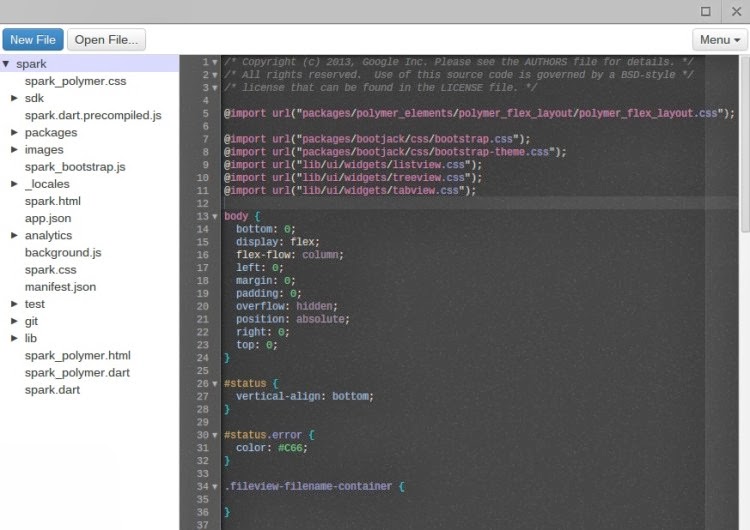
Stageboxes and I/O routing can also be assigned along with the creation of scenes and other automation editing. This includes console architecture configuration and the set-up of fader tile layers and banks. Almost anything that can be done on a console can be manipulated and configured using SOLSA.
#Ssl l500 offline editor software
SSL Offline Setup Application (SOLSA) remote control software allows creation and editing of Live console show files on a laptop, desktop or tablet PC. This hugely flexible feature makes SSL Live consoles especially well-suited to monitor mixing. These new features operate in conjunction with the console’s Follow modes that allow any combination of Select, Solo and Query buttons to be linked. The modes are configurable on a per-path type basis, giving the user complete control of their workflow. Expanded mode offers user-defined layers and banks, allowing the user to lay out exactly where they want each channel to appear on the surface. Super-Q has two modes: Compressed mode shows a focused view of only the audio paths contributing to or from the queried path. These contributions can be displayed either on the rotary encoders at the top of each fader strip, or automatically ‘flipped’ onto the faders. Super-Q also shows the send levels to and from mixes, allowing instant and accurate mix control, either from a channel- or mix-centric view. Pressing a VCA’s Q button will show all channels under its control. Querying a mix bus will show only the channels that are contributing to that mix. Pressing a channel’s ‘Q’ button shows the mix busses to which the channel is routed. Just like the original Query function, Super-Q allows the user to ‘spill out’ the contributing elements or destinations for a selected fader/path across the control surface. Super-Q is the next generation of Live’s Query function, offering unprecedented workflow flexibility from the touch of a single button. The active automation scene is automatically synchronised between the two control surfaces for simultaneous but independent control. This expands the control surface available and allows multiple surfaces to share the processing and I/O power of the main console.


In console expander mode, where two operators wish to control the same audio environment, or when more physical faders are required, a second console may be connected to the main console.


 0 kommentar(er)
0 kommentar(er)
